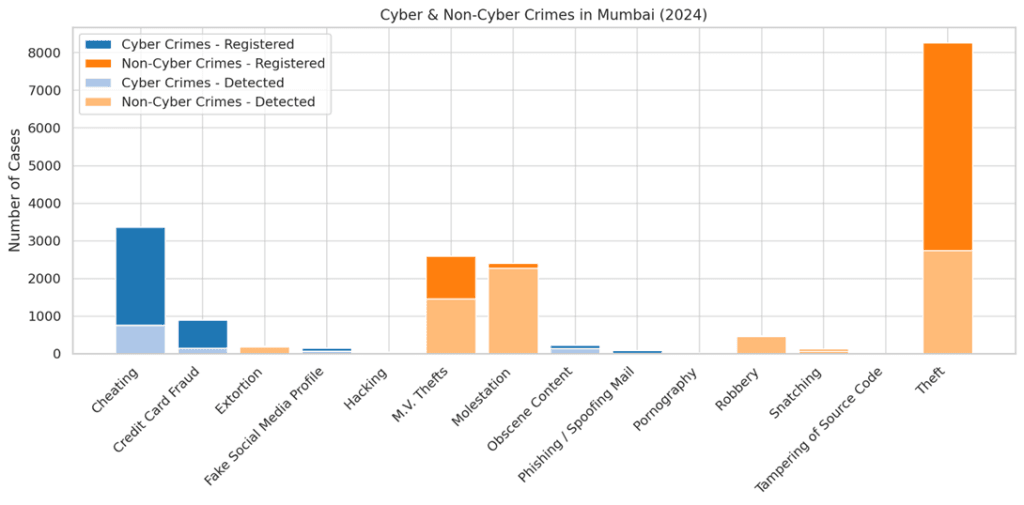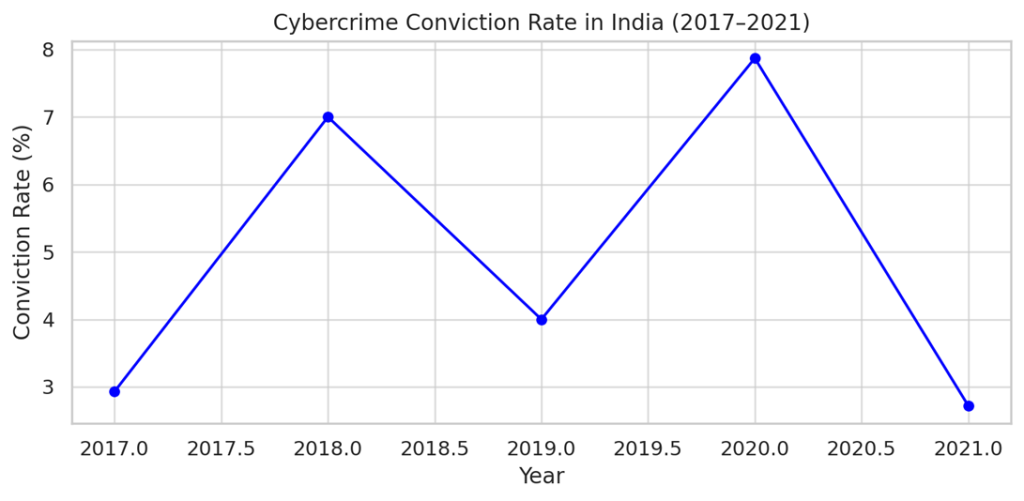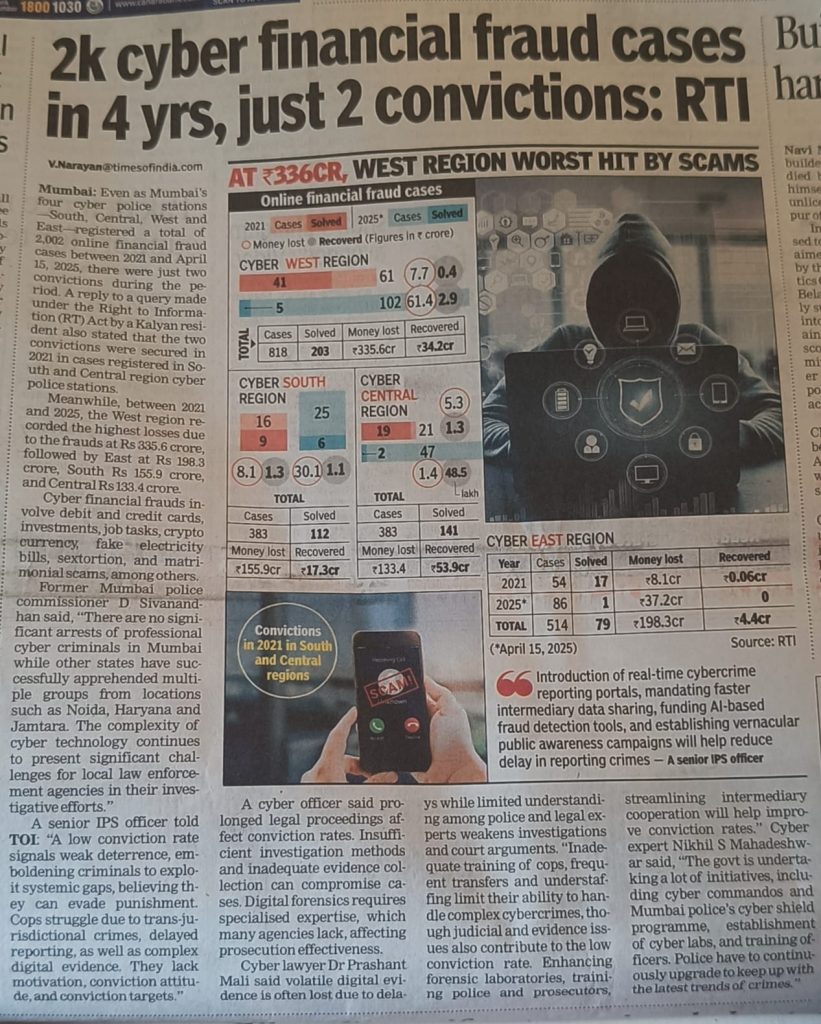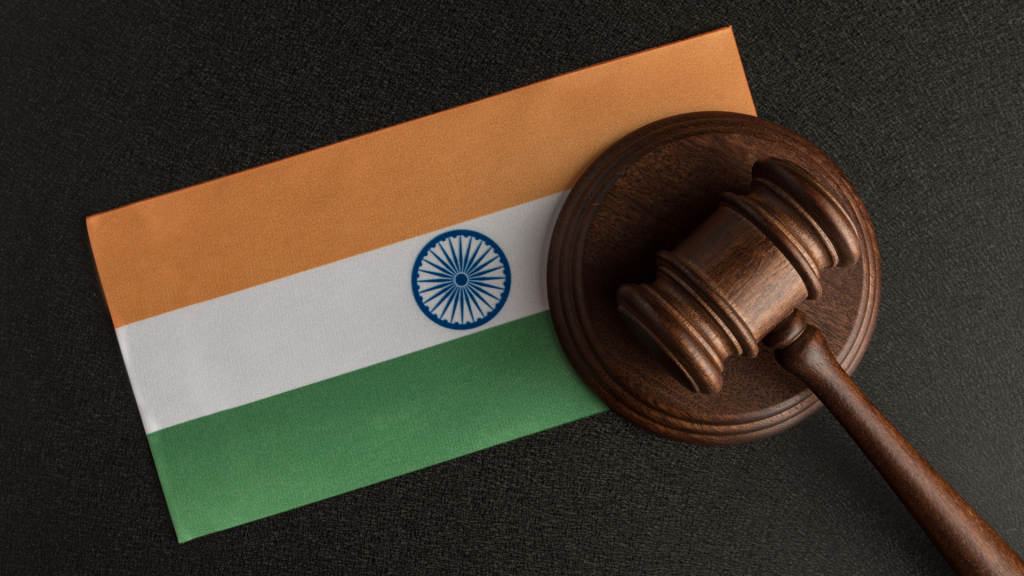Mumbai, India’s financial capital, is a bustling city where the police face unique challenges. In 12 months of 2024, they battled crimes on two different fronts: the physical streets and the digital world. This isn’t new the city saw a mix of traditional street crimes and cybercrimes that tested the police’s skills.
While the police made progress in solving street crimes in 2024, cybercrimes posed a new kind of challenge that exposed weaknesses in the system. This highlights the need for the police to be adept at handling crimes in both the physical and digital worlds, keeping Mumbai’s residents safe in all aspects.
Cybercrimes: The Digital Epidemic
This shows a stark imbalance nearly 3 out of every 4 cases go undetected in the digital space, despite a sharp rise in reported incidents. Cyber frauds, online cheating, and impersonation led the chart.
Cybercrime Breakdown – Mumbai (2024)
| Cyber Crime Type | Registered | Detected |
| Tampering of Source Code | 0 | 0 |
| Phishing / Spoofing Mail | 87 | 11 |
| Pornography | 17 | 13 |
| Obscene Email / SMS / MMS / Post | 223 | 131 |
| Fake Social Media Profile / Morphing | 151 | 61 |
| Credit Card / Online Fraud | 896 | 143 |
| Hacking | 44 | 3 |
| Cheating (Online Scams) | 3,368 | 753 |
| Total | 4,786 | 1,115 |
Non-Cyber Crimes Still Dominant
Street crimes still dominate police workloads but detection efforts have been relatively successful, with over half the cases solved.
Non-Cybercrime Breakdown – Mumbai (2024)
| Crime Type | Registered | Detected |
| Theft | 8,262 | 2,741 |
| Molestation | 2,397 | 2,268 |
| Snatching | 117 | 69 |
| M.V. Thefts | 2,589 | 1,450 |
| Robbery | 474 | 455 |
| Extortion | 199 | 177 |
| Total | 14,038 | 7,160 |

Mumbai Overall Crime Summary – 2024
| Category | Registered | Detected | Detection Rate |
| Cybercrimes | 4,786 | 1,115 | 23.3% |
| Non-Cybercrimes | 14,038 | 7,160 | 51.0% |
| Total | 18,824 | 8,275 | 74.3% |
While the cybercrime detection rate is improving slowly, non-cybercrime detection is over twice as high highlighting a persistent skill and technology gap in digital policing.
India-Wide Context: Cybercrime Conviction Crisis
Even if a cybercrime is detected, securing convictions remains a national hurdle. The data shows a troubling trend:
Cybercrime Conviction Rate in India
| Year | Chargesheets Filed | Convictions | Conviction Rate (%) |
| 2017 | 5,180 | 152 | 2.93 |
| 2018 | 7,000 | 490 | 7.00 |
| 2019 | 9,000 | 360 | 4.00 |
| 2020 | 14,087 | 1,109 | 7.87 |
| 2021 | 18,000 | 491 | 2.72 |
This means: Only 1 in every 37 registered cybercrimes in India results in conviction.

Key Takeaways
Strengths:
- High detection of molestation, robbery, and theft.
- Awareness on cybercrime is rising, as evident from increasing registrations.
Weaknesses:
- Digital cases severely under-detected (only 23.3% success).
- National conviction rates are abysmally low (<3%).
Conclusion:
Mumbai, the financial hub of India, is facing a significant challenge in dealing with cybercrime. According to 2024 data, the city’s police force is successfully solving traditional crimes like theft and robbery with a detection rate of over 51%. However, the picture is far grimmer when it comes to cybercrimes. Offences like online cheating, phishing, and financial frauds have a much lower detection rate of just 23.3%, with only 1,115 of the 4,786 registered cybercrime cases solved.
The recent RTI-based news report rightfully highlights this growing gap in enforcement, pointing to the mere two convictions secured between 2021 and 2025 out of 818 financial fraudcases registered at Mumbai’s four cyber police stations. On the surface, this paints a bleak picture of impunity.
But this critique, while justified, lacks national context.

The article rightly highlights poor conviction outcomes in Mumbai. But without comparing this to the national crisis in cyber justice — where conviction rates are under 3% the criticism feels one-sided. Maharashtra, in fact, performs slightly better than many other states in terms of both case detection and financial recovery, recovering ₹61.4 crore in the West Region alone.
National data shows that India’s cybercrime conviction rate has consistently hovered below 8%, and in some years, dipped as low as 2.72%. So, while Mumbai’s outcomes are concerning, they are symptomatic of a deeper, structural failure across the country — one involving under-equipped forensic teams, trial delays, complex jurisdiction issues, and low digital literacy among both victims and law enforcement.
To address this, Mumbai and India at large must prioritize:
- Advanced cyber forensic training for police,
- Dedicated cybercrime courts for swift case resolution,
- Cross-platform partnerships with tech and payment companies, and
- Public awareness programs to empower citizens.
Mumbai’s physical streets may be getting safer, but its digital avenues remain dangerously exposed. The city must urgently modernize its cybercrime infrastructure, or risk becoming a soft target in a high-stakes digital age.




